 Veteran analyst Russ Taylor weighs in on the Canada–US lumber dispute — separating fact from fiction amid an era of protectionism. In related news: the US Lumber Coalition responded to Tree Frog’s op-ed without addressing the source of past bias; and Canada highlights budget investments in the forest sector. Meanwhile: RBC says PotlatchDeltic’s merger with Rayonier will dilute the benefit of lumber duties; GreenFirst reports Q3 loss of $57 million, and more on West Fraser’s mill closures from Augusta, Georgia.
Veteran analyst Russ Taylor weighs in on the Canada–US lumber dispute — separating fact from fiction amid an era of protectionism. In related news: the US Lumber Coalition responded to Tree Frog’s op-ed without addressing the source of past bias; and Canada highlights budget investments in the forest sector. Meanwhile: RBC says PotlatchDeltic’s merger with Rayonier will dilute the benefit of lumber duties; GreenFirst reports Q3 loss of $57 million, and more on West Fraser’s mill closures from Augusta, Georgia.
In Forestry/Climate news: the Fraser Institute says BC should focus on actual environmental problems; the Sierra Club says BC’s feast on big, old trees is approaching its end; the Washington forestland owners’ riparian-buffer battle; Oregon offices say Trump’s policies increase wildfire risk; and a new study says climate change expands wildfire dangers worldwide.
Finally, BC-focused documentaries in the news address wildfires, flooding and old-growth.
Kelly McCloskey, Tree Frog News Editor

 CASTLEGAR, BC
CASTLEGAR, BC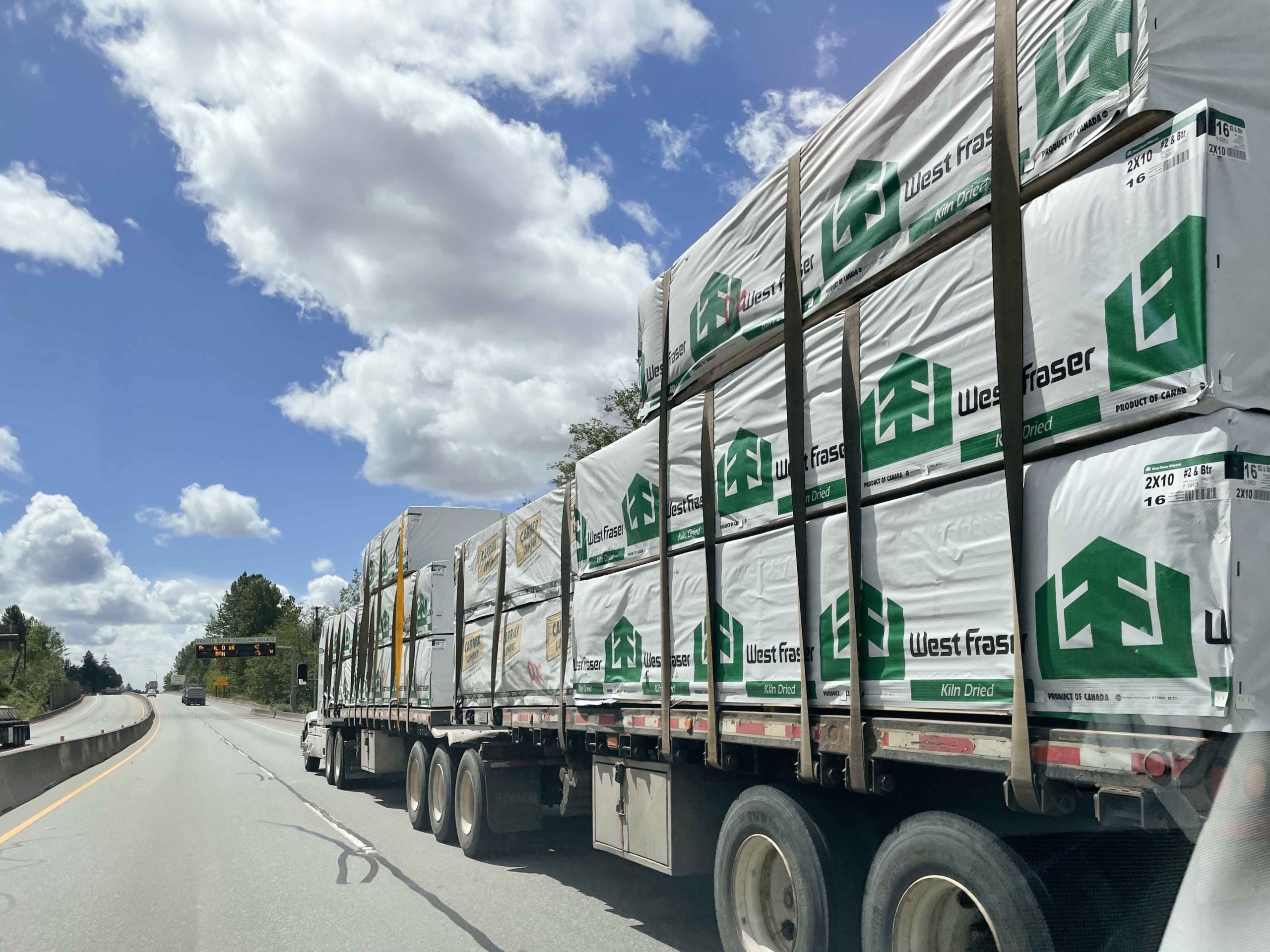 The softwood timber tariffs levied by the U.S. have begun to hit the lumber industry hard. Citing a drooping softwood lumber demand, compounded by higher duties and additional tariffs that have reached 45 per cent for U.S. markets, West Fraser Timber announced Thursday its plans to permanently shutter both its Augusta, Ga., and 100 Mile House lumber mills by the end of 2025. Approximately 165 employees at the 100 Mile House mill will be laid off, as the company says it can’t secure an adequate volume of economically viable timber. The closing of the mill drops West Fraser’s capacity by 160 million board feet. …The closure of the Augusta lumber mill is a result of challenging lumber demand, and the loss of economically viable residual outlets, which combined has compromised the mill’s long-term viability. Around 130 employees will be laid off there, and further reduce West Fraser’s capacity by 140 million board feet.
The softwood timber tariffs levied by the U.S. have begun to hit the lumber industry hard. Citing a drooping softwood lumber demand, compounded by higher duties and additional tariffs that have reached 45 per cent for U.S. markets, West Fraser Timber announced Thursday its plans to permanently shutter both its Augusta, Ga., and 100 Mile House lumber mills by the end of 2025. Approximately 165 employees at the 100 Mile House mill will be laid off, as the company says it can’t secure an adequate volume of economically viable timber. The closing of the mill drops West Fraser’s capacity by 160 million board feet. …The closure of the Augusta lumber mill is a result of challenging lumber demand, and the loss of economically viable residual outlets, which combined has compromised the mill’s long-term viability. Around 130 employees will be laid off there, and further reduce West Fraser’s capacity by 140 million board feet. OTTAWA, ON – Canadian Forest Owners (CFO) appeared before the House of Commons Standing Committee on Natural Resources today as part of its study on the forest industry, which is being severely affected by the ongoing softwood lumber dispute. Andrew de Vries, Chief Executive Officer of CFO, and Vincent Miville, Vice-Chair of CFO and Executive Director of the Quebec Federation of Forest Producers, presented recommendations aimed at better recognizing the strategic role of forest owners and the importance of private forests in Canada. CFO represents 480,000 forest owners who collectively own about 10% of Canada’s forested land, but account for 20% of the country’s timber production. These owners supply wood to the forest industry, contribute to regional economies, and provide essential environmental services to rural communities. “The lack of understanding of private forests is a blind spot in Canada’s forest and trade policy, and as a result, support programs for the sector often overlook their essential contribution,” said de Vries.
OTTAWA, ON – Canadian Forest Owners (CFO) appeared before the House of Commons Standing Committee on Natural Resources today as part of its study on the forest industry, which is being severely affected by the ongoing softwood lumber dispute. Andrew de Vries, Chief Executive Officer of CFO, and Vincent Miville, Vice-Chair of CFO and Executive Director of the Quebec Federation of Forest Producers, presented recommendations aimed at better recognizing the strategic role of forest owners and the importance of private forests in Canada. CFO represents 480,000 forest owners who collectively own about 10% of Canada’s forested land, but account for 20% of the country’s timber production. These owners supply wood to the forest industry, contribute to regional economies, and provide essential environmental services to rural communities. “The lack of understanding of private forests is a blind spot in Canada’s forest and trade policy, and as a result, support programs for the sector often overlook their essential contribution,” said de Vries. TORONTO – United Steelworkers union (USW) National Director Marty Warren issued the following statement on the federal Budget 2025: This budget recognizes something workers have been saying for years. Canada needs to build more at home and expand its industrial capacity. The commitments on Buy-Canadian procurement, industrial strategy and trade enforcement are important steps forward and reflect priorities Steelworkers have been advocating for across the country. There are meaningful investments in steel, forestry, critical minerals and manufacturing – sectors that support thousands of good union jobs and anchor regional economies and communities. We welcome tools that can help stabilize supply chains and strengthen domestic production. …Buy-Canadian rules must be enforced, industrial dollars must translate into real jobs and production on the ground, and forestry and industrial communities need long-term certainty, not temporary relief. We see steps in the right direction. Now it’s about follow-through.
TORONTO – United Steelworkers union (USW) National Director Marty Warren issued the following statement on the federal Budget 2025: This budget recognizes something workers have been saying for years. Canada needs to build more at home and expand its industrial capacity. The commitments on Buy-Canadian procurement, industrial strategy and trade enforcement are important steps forward and reflect priorities Steelworkers have been advocating for across the country. There are meaningful investments in steel, forestry, critical minerals and manufacturing – sectors that support thousands of good union jobs and anchor regional economies and communities. We welcome tools that can help stabilize supply chains and strengthen domestic production. …Buy-Canadian rules must be enforced, industrial dollars must translate into real jobs and production on the ground, and forestry and industrial communities need long-term certainty, not temporary relief. We see steps in the right direction. Now it’s about follow-through.


 Campbell River, BC — La-kwa sa muqw Forestry Limited Partnership (LKSM) is ready to sit down at the bargaining table with the USW at any time, and has been ready throughout this strike, which it has made clear many times to the USW. However the USW has repeatedly refused to do so, as recently as October 24. Despite repeated invitations from LKSM, the USW has also declined both meaningful negotiations and mediation to assist the bargaining process, unnecessarily prolonging this months-long strike. “LKSM’s First Nations shareholders are dismayed and extremely frustrated by the provincial government’s failure to help both parties to make progress through the appointment of a mediator, especially given the hardships the forestry industry is facing right now,” says Nanwakolas Council President Dallas Smith. “Mediation is an opportunity to bring the parties together …and yet BC still has failed to appoint a mediator after all this time.”
Campbell River, BC — La-kwa sa muqw Forestry Limited Partnership (LKSM) is ready to sit down at the bargaining table with the USW at any time, and has been ready throughout this strike, which it has made clear many times to the USW. However the USW has repeatedly refused to do so, as recently as October 24. Despite repeated invitations from LKSM, the USW has also declined both meaningful negotiations and mediation to assist the bargaining process, unnecessarily prolonging this months-long strike. “LKSM’s First Nations shareholders are dismayed and extremely frustrated by the provincial government’s failure to help both parties to make progress through the appointment of a mediator, especially given the hardships the forestry industry is facing right now,” says Nanwakolas Council President Dallas Smith. “Mediation is an opportunity to bring the parties together …and yet BC still has failed to appoint a mediator after all this time.”

 KINGWOOD, W.Va. — Multiple volunteer fire departments and emergency medical services responded Wednesday night to a fire at Appalachian Wood Pellets that affected multiple buildings. Officials reported the blaze has been contained, and no injuries were reported. Preston County Office of Emergency Management Director Justin Wolfe said initial reports of the blaze at 383 Mill Road were received at 11:33 p.m. Wednesday. …Initial reports noted that crews mounted an attack against the blaze, with additional fire departments being requested for assistance. Based on reports, the fire affected structures outside the main plant, including an open trailer with material, an open roofed storage structure and a belt-to-silo apparatus, and encroached on a maintenance building.
KINGWOOD, W.Va. — Multiple volunteer fire departments and emergency medical services responded Wednesday night to a fire at Appalachian Wood Pellets that affected multiple buildings. Officials reported the blaze has been contained, and no injuries were reported. Preston County Office of Emergency Management Director Justin Wolfe said initial reports of the blaze at 383 Mill Road were received at 11:33 p.m. Wednesday. …Initial reports noted that crews mounted an attack against the blaze, with additional fire departments being requested for assistance. Based on reports, the fire affected structures outside the main plant, including an open trailer with material, an open roofed storage structure and a belt-to-silo apparatus, and encroached on a maintenance building.





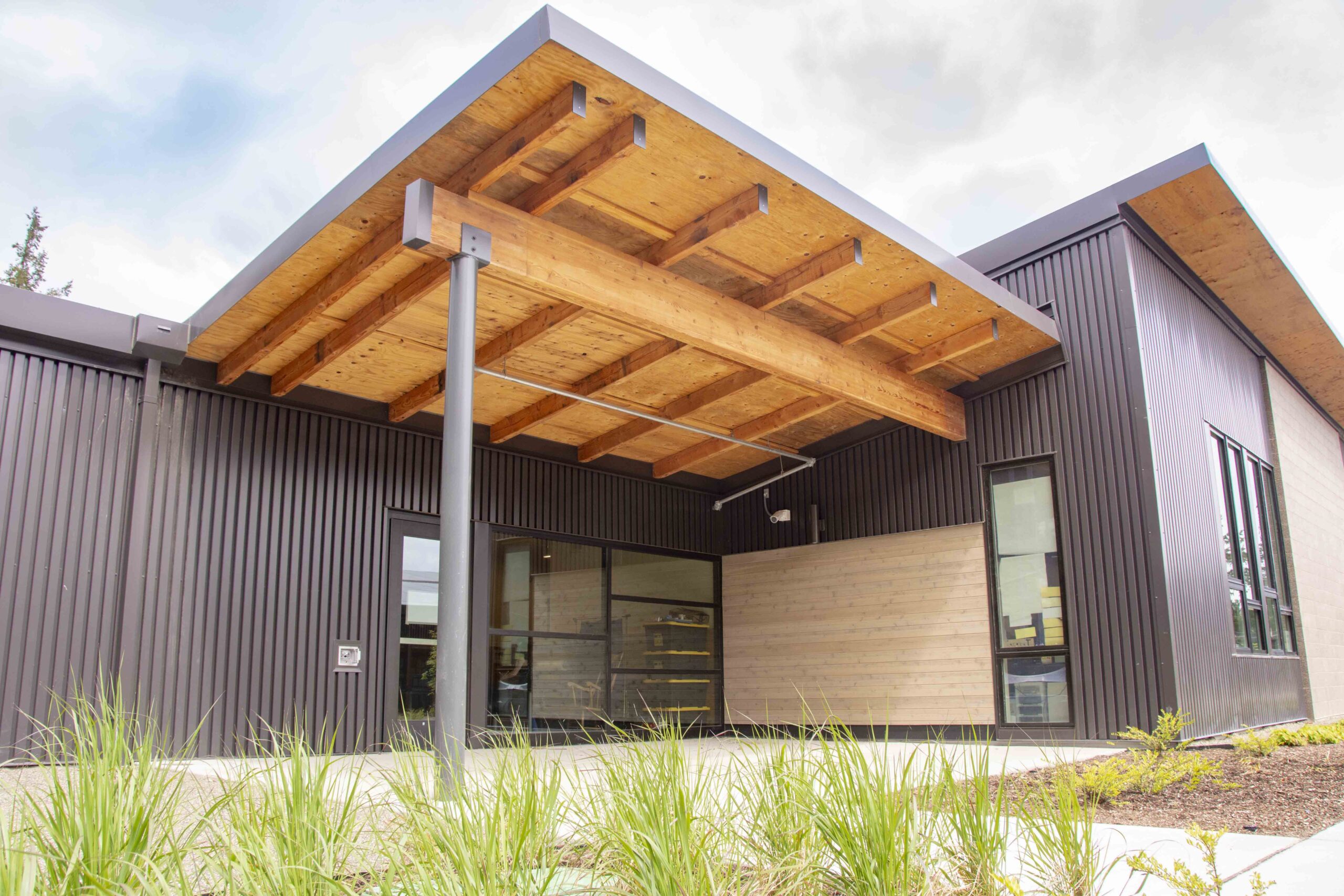 Michigan is the latest state to launch an initiative aimed at accelerating mass timber construction. The new Michigan Mass Timber Catalyst Program will provide cash awards ranging from $25,000 to $75,000, along with technical assistance and peer-learning opportunities, to encourage the use of engineered wood in new buildings. Although mass timber products are not yet manufactured in Michigan, interest in the material is growing rapidly. …The Catalyst program, produced collaboratively by the Michigan DNR, MassTimber@MSU, the Michigan Green Building Collaborative, and WoodWorks, will support early-stage projects that use mass timber as a primary structural or architectural material. …Awarded teams will join a cohort led by MassTimber@MSU and Woodworks to work through design, procurement, cost estimation, and code approval challenges. …In New York City, the NYCEDC’s Mass Timber Studio offers $25,000 Grants and technical support for early-stage projects…. In the Southeast, the Georgia Mass Timber Accelerator… provides funding and technical assistance to teams exploring timber-based design solutions.
Michigan is the latest state to launch an initiative aimed at accelerating mass timber construction. The new Michigan Mass Timber Catalyst Program will provide cash awards ranging from $25,000 to $75,000, along with technical assistance and peer-learning opportunities, to encourage the use of engineered wood in new buildings. Although mass timber products are not yet manufactured in Michigan, interest in the material is growing rapidly. …The Catalyst program, produced collaboratively by the Michigan DNR, MassTimber@MSU, the Michigan Green Building Collaborative, and WoodWorks, will support early-stage projects that use mass timber as a primary structural or architectural material. …Awarded teams will join a cohort led by MassTimber@MSU and Woodworks to work through design, procurement, cost estimation, and code approval challenges. …In New York City, the NYCEDC’s Mass Timber Studio offers $25,000 Grants and technical support for early-stage projects…. In the Southeast, the Georgia Mass Timber Accelerator… provides funding and technical assistance to teams exploring timber-based design solutions.
 Biologist Amber Peters and the Valhalla Wilderness Society (VWS) screened their highly-anticipated film, Safe Haven: The Rainbow-Jordan Wilderness, about the biodiverse and nearly-untouched inland temperate rainforest just north of Revelstoke. “This is the best example of a fully-intact inland temperate rainforest,” Peters said. … The Rainbow-Jordan is likely “the largest pocket of intact temperate rainforest in the region” around Revelstoke, Wildsight Revelstoke branch manager Reanne Harvey said. “The forest itself has been in that space for over a thousand years.” … The 30-minute film, produced in collaboration with Damien Gillis, advocates for the B.C. government to protect these expanses of hard-to-access and undisturbed old-growth from logging as a Class A provincial park. Unlike an old-growth protected area or Indigenous Protected and Conserved Area, park status would ensure legislated protection for the Rainbow-Jordan, Peters told some 200 attendees at the screening.
Biologist Amber Peters and the Valhalla Wilderness Society (VWS) screened their highly-anticipated film, Safe Haven: The Rainbow-Jordan Wilderness, about the biodiverse and nearly-untouched inland temperate rainforest just north of Revelstoke. “This is the best example of a fully-intact inland temperate rainforest,” Peters said. … The Rainbow-Jordan is likely “the largest pocket of intact temperate rainforest in the region” around Revelstoke, Wildsight Revelstoke branch manager Reanne Harvey said. “The forest itself has been in that space for over a thousand years.” … The 30-minute film, produced in collaboration with Damien Gillis, advocates for the B.C. government to protect these expanses of hard-to-access and undisturbed old-growth from logging as a Class A provincial park. Unlike an old-growth protected area or Indigenous Protected and Conserved Area, park status would ensure legislated protection for the Rainbow-Jordan, Peters told some 200 attendees at the screening.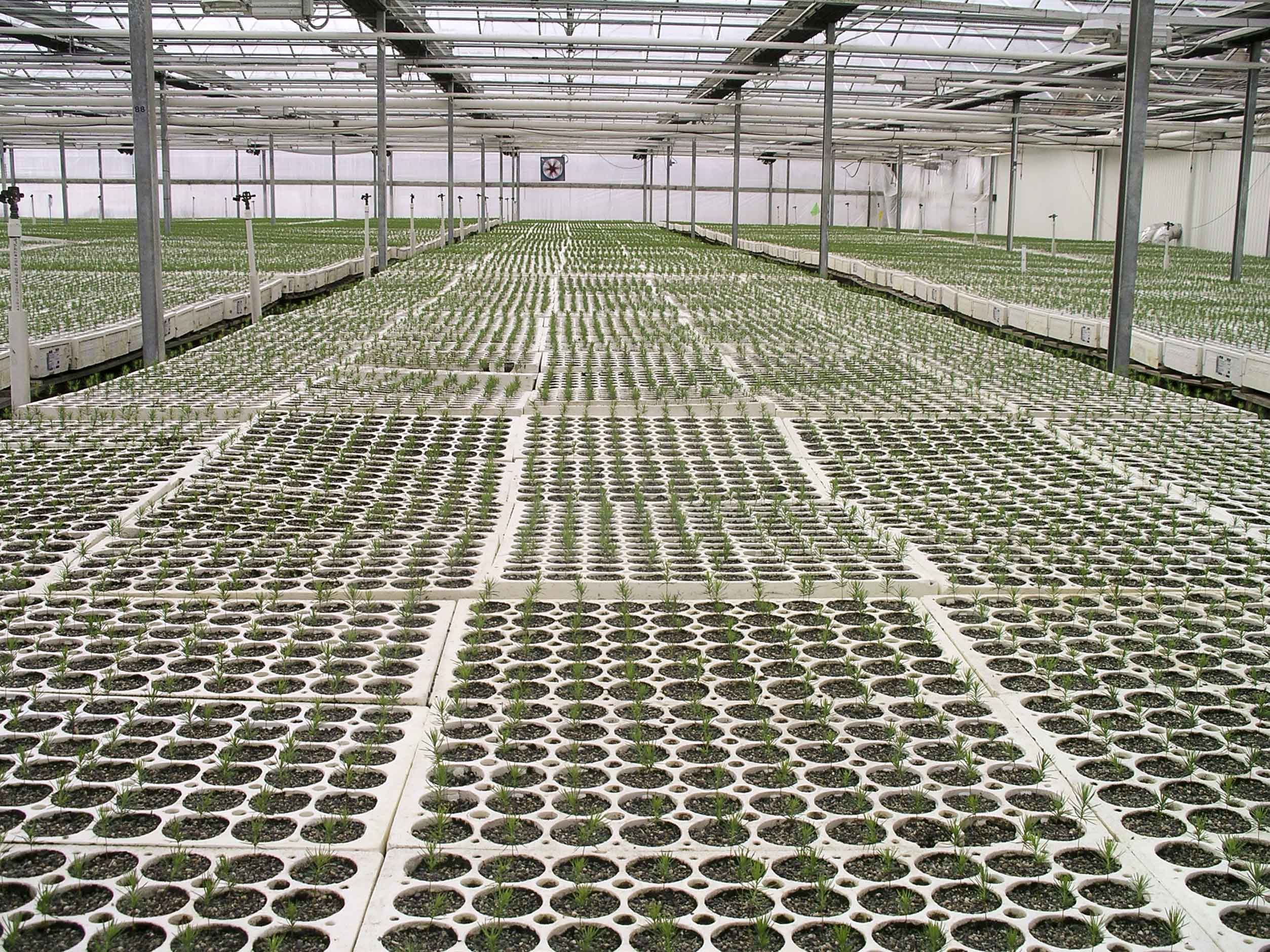 The PRT tree seedling nursery …with locations in Canada and the United States is North America’s largest producer of container-grown forest seedlings. …But at time when the forestry sector is facing hurdles such as softwood lumber duties and new American tariffs, the 2 Billion Trees program will be scrapped in the proposed federal 2025 budget. …a billion trees would have been grown from seed in nurseries like PRT and then planted across Canada. …Brinkman Reforestation is the largest tree planting company in Canada and says the industry is facing enough hurdles without having the 2 Billion Trees program cancelled. …In Black Creek, three generations of the same family have been growing tree seedlings at Sylvan Vale Nurseries. …manager Siriol Paquet says extra programs like 2 Billion Trees are important at at time when logging is declining, because if trees aren’t being cut, then they don’t need to be replaced with new ones.
The PRT tree seedling nursery …with locations in Canada and the United States is North America’s largest producer of container-grown forest seedlings. …But at time when the forestry sector is facing hurdles such as softwood lumber duties and new American tariffs, the 2 Billion Trees program will be scrapped in the proposed federal 2025 budget. …a billion trees would have been grown from seed in nurseries like PRT and then planted across Canada. …Brinkman Reforestation is the largest tree planting company in Canada and says the industry is facing enough hurdles without having the 2 Billion Trees program cancelled. …In Black Creek, three generations of the same family have been growing tree seedlings at Sylvan Vale Nurseries. …manager Siriol Paquet says extra programs like 2 Billion Trees are important at at time when logging is declining, because if trees aren’t being cut, then they don’t need to be replaced with new ones.

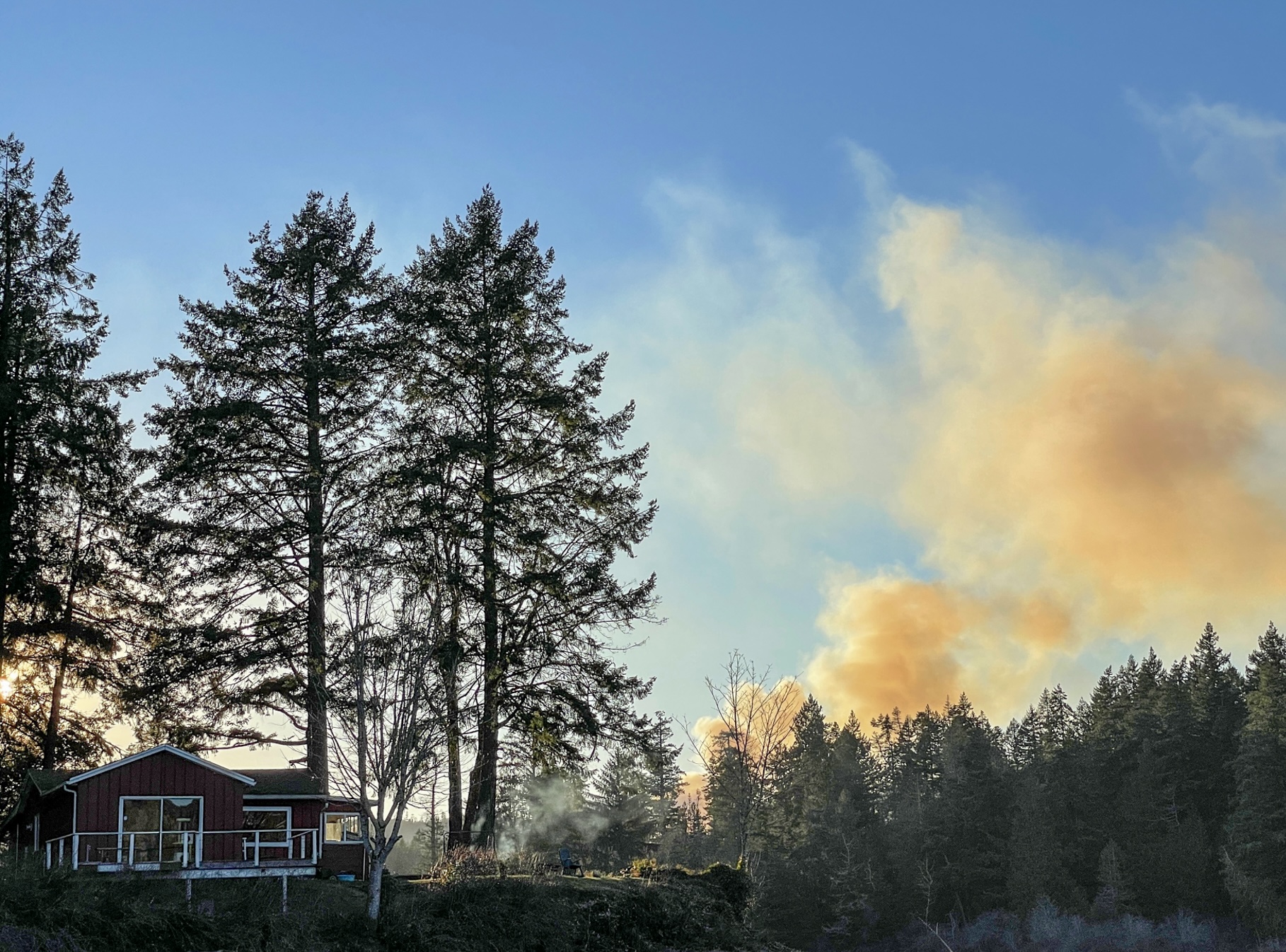 Policies by the Trump administration are putting communities at increased risk for wildfire because federal funding for fuels treatment work is becoming more difficult to obtain. That is the opinion of a group of policymakers and politicians who convened in Bend last week to discuss how best to manage local forests. Bend Mayor Melanie Kebler, Deschutes County Commissioner Phil Chang and State Senator Anthony Broadman — all Democrats — were among those in attendance… Members of the group said there is a lack of clarity over future treatments in the Deschutes National Forest following years of mitigation work that cleared the forest floor of fuels and thinned areas to prevent a fast-moving crown fire. …Chang said he is especially concerned with the Trump administration’s Fix our Forest Act … The bill relies mostly on logging and cattle grazing to clear fuels that cause catastrophic wildfire, but funding for prescribed burning isn’t part of the legislation.
Policies by the Trump administration are putting communities at increased risk for wildfire because federal funding for fuels treatment work is becoming more difficult to obtain. That is the opinion of a group of policymakers and politicians who convened in Bend last week to discuss how best to manage local forests. Bend Mayor Melanie Kebler, Deschutes County Commissioner Phil Chang and State Senator Anthony Broadman — all Democrats — were among those in attendance… Members of the group said there is a lack of clarity over future treatments in the Deschutes National Forest following years of mitigation work that cleared the forest floor of fuels and thinned areas to prevent a fast-moving crown fire. …Chang said he is especially concerned with the Trump administration’s Fix our Forest Act … The bill relies mostly on logging and cattle grazing to clear fuels that cause catastrophic wildfire, but funding for prescribed burning isn’t part of the legislation.  Rising wildfire risk in the Pacific Northwest combined with volatile timber pricing may lower forestland values by as much as 50% and persuade property owners to harvest Douglas fir trees much earlier than planned, according to a new analysis. The optimal age to harvest Douglas fir trees — absent fire risk — would be 65 years. The study, from Oregon State University researchers, suggests that harvesting trees at 24 years would make the most economic sense under the worst-case scenarios. “Basically, under high wildfire risk that rises with stand age, every year you wait to harvest you’re rolling the dice,” said Mindy Crandall, an associate professor in the OSU College of Forestry. Co-author Andres Susaeta, an OSU forestry assistant professor, said the study was a simulation, but researchers are confident in the direction of results. Susaeta said earlier harvesting reduces both long-term timber revenue and impacts wood quality.
Rising wildfire risk in the Pacific Northwest combined with volatile timber pricing may lower forestland values by as much as 50% and persuade property owners to harvest Douglas fir trees much earlier than planned, according to a new analysis. The optimal age to harvest Douglas fir trees — absent fire risk — would be 65 years. The study, from Oregon State University researchers, suggests that harvesting trees at 24 years would make the most economic sense under the worst-case scenarios. “Basically, under high wildfire risk that rises with stand age, every year you wait to harvest you’re rolling the dice,” said Mindy Crandall, an associate professor in the OSU College of Forestry. Co-author Andres Susaeta, an OSU forestry assistant professor, said the study was a simulation, but researchers are confident in the direction of results. Susaeta said earlier harvesting reduces both long-term timber revenue and impacts wood quality.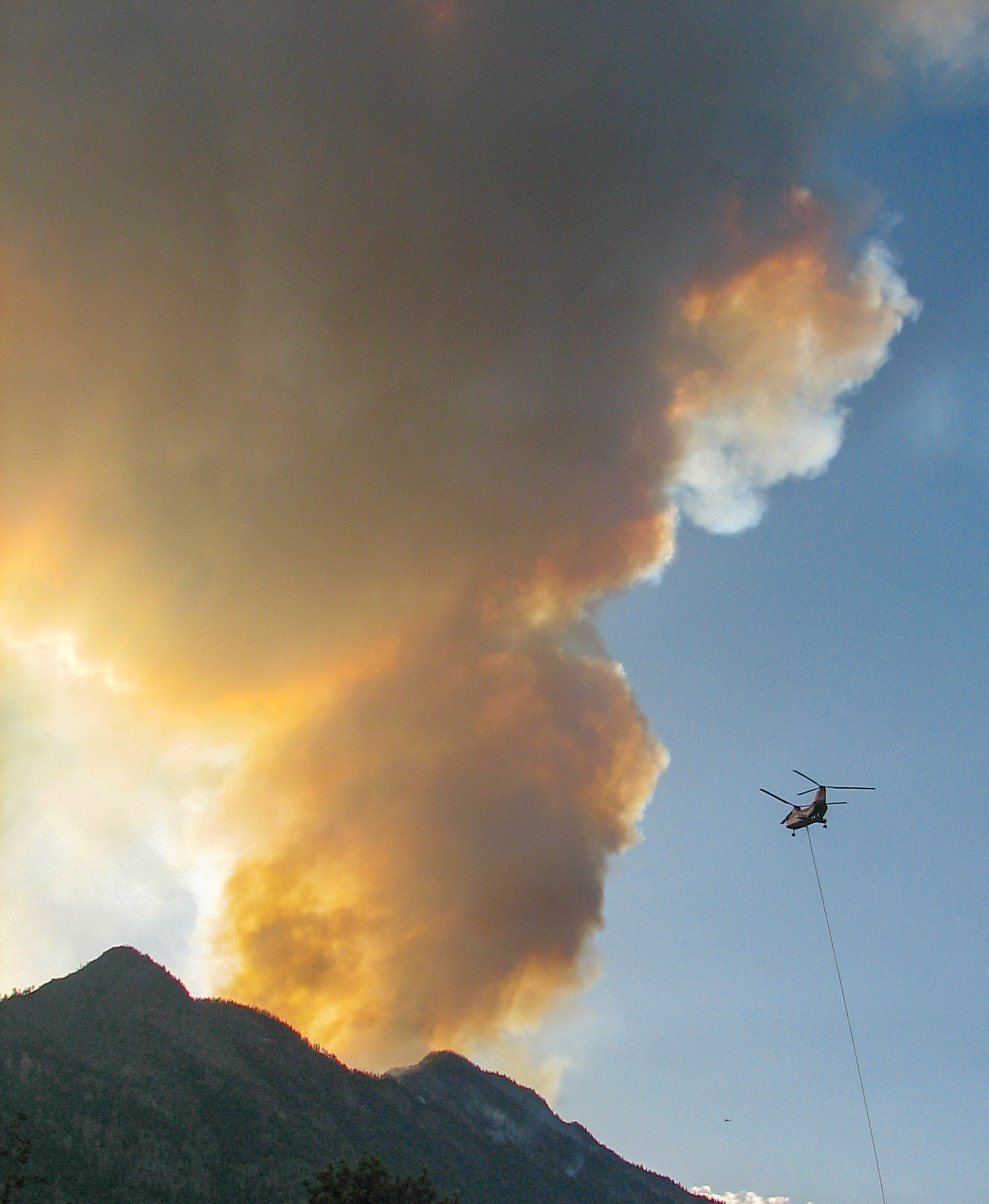 Albuquerque, NM — A new report by Grassroots Wildland Firefighters reveals a troubling decline in wildfire prevention work across the nation. According to the report, hazardous fuel reduction efforts on U.S. Forest Service land are down 38% since January 2025 compared to recent years, following significant federal budget cuts to staffing and resources. Hazardous fuel treatments are critical in preventing catastrophic wildfires. These projects include thinning overgrown forests, clearing brush, and conducting prescribed burns to reduce the vegetation that feeds wildfires. The group’s findings directly contradict recent public assurances from administration officials that land management agencies remain adequately funded and staffed. …The analysis shows mitigation work has fallen especially low in Idaho and Montana, where fewer than 30% of acres have been treated this year compared to previous averages. …Grassroots Wildland Firefighters warn that unless funding is restored, the nation’s wildfire season will grow increasingly severe and dangerous in the years ahead.
Albuquerque, NM — A new report by Grassroots Wildland Firefighters reveals a troubling decline in wildfire prevention work across the nation. According to the report, hazardous fuel reduction efforts on U.S. Forest Service land are down 38% since January 2025 compared to recent years, following significant federal budget cuts to staffing and resources. Hazardous fuel treatments are critical in preventing catastrophic wildfires. These projects include thinning overgrown forests, clearing brush, and conducting prescribed burns to reduce the vegetation that feeds wildfires. The group’s findings directly contradict recent public assurances from administration officials that land management agencies remain adequately funded and staffed. …The analysis shows mitigation work has fallen especially low in Idaho and Montana, where fewer than 30% of acres have been treated this year compared to previous averages. …Grassroots Wildland Firefighters warn that unless funding is restored, the nation’s wildfire season will grow increasingly severe and dangerous in the years ahead.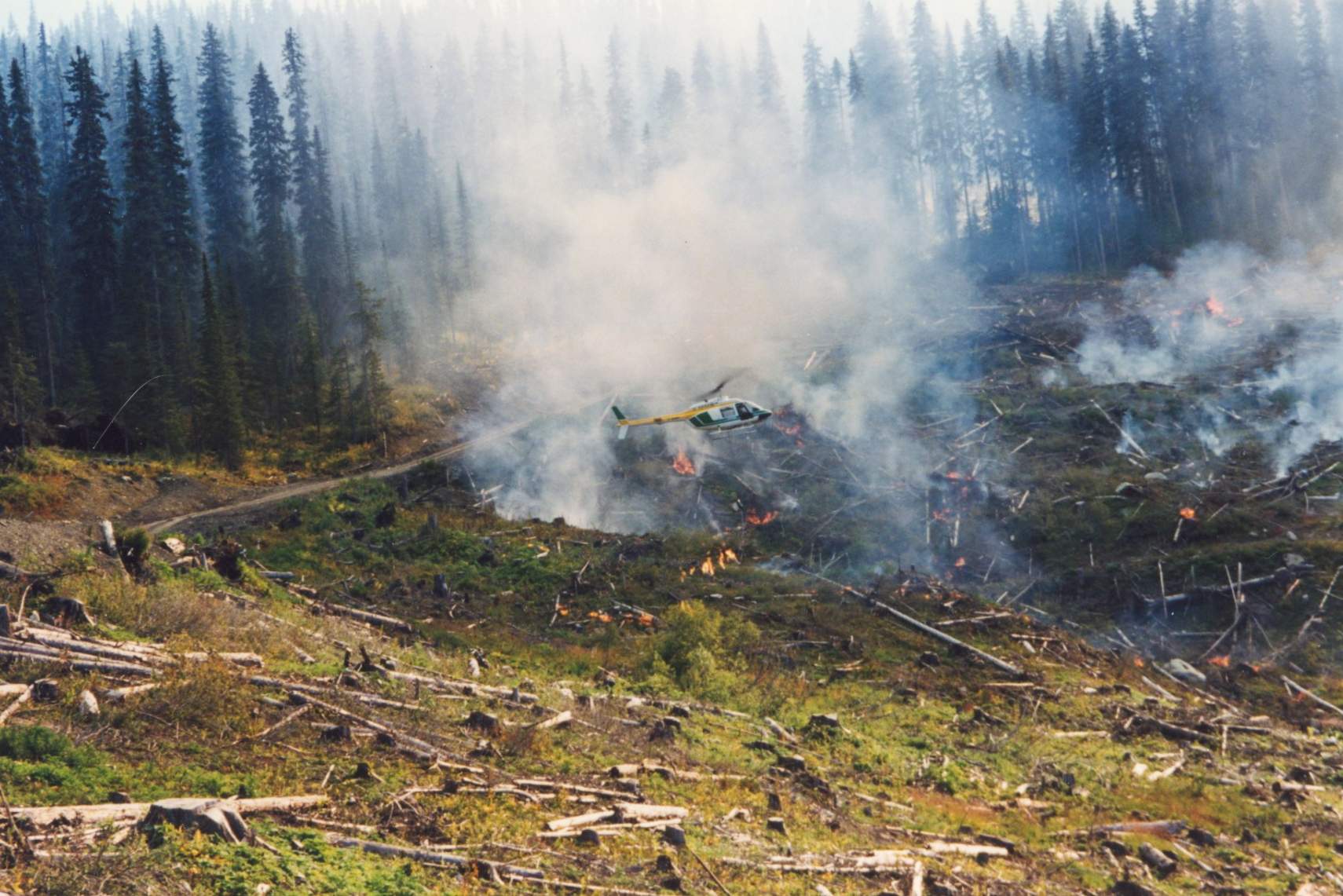 A bipartisan piece of legislation that could have big impacts on the nation’s forest land continues to move quickly through Congress, pushing through a Senate committee last month. The Fix Our Forests Act was introduced in the U.S. Senate in April and co-sponsored by Sen. Tim Sheehy, along with Senators from California, Utah and Colorado. The legislation seeks to promote prescribed burns, expand the state-federal Good Neighbor Authority program, increase collaboration among fire agencies and improve reforestation efforts after fires. It also makes some rule changes that could impact how areas designated as high fire danger are managed and how projects in those areas proceed. …The legislation has received some support from environmental and outdoor advocacy groups… But there has also been some concern with it, namely around how it could change the process of forest projects, especially those in a declared “emergency fireshed management” area.
A bipartisan piece of legislation that could have big impacts on the nation’s forest land continues to move quickly through Congress, pushing through a Senate committee last month. The Fix Our Forests Act was introduced in the U.S. Senate in April and co-sponsored by Sen. Tim Sheehy, along with Senators from California, Utah and Colorado. The legislation seeks to promote prescribed burns, expand the state-federal Good Neighbor Authority program, increase collaboration among fire agencies and improve reforestation efforts after fires. It also makes some rule changes that could impact how areas designated as high fire danger are managed and how projects in those areas proceed. …The legislation has received some support from environmental and outdoor advocacy groups… But there has also been some concern with it, namely around how it could change the process of forest projects, especially those in a declared “emergency fireshed management” area.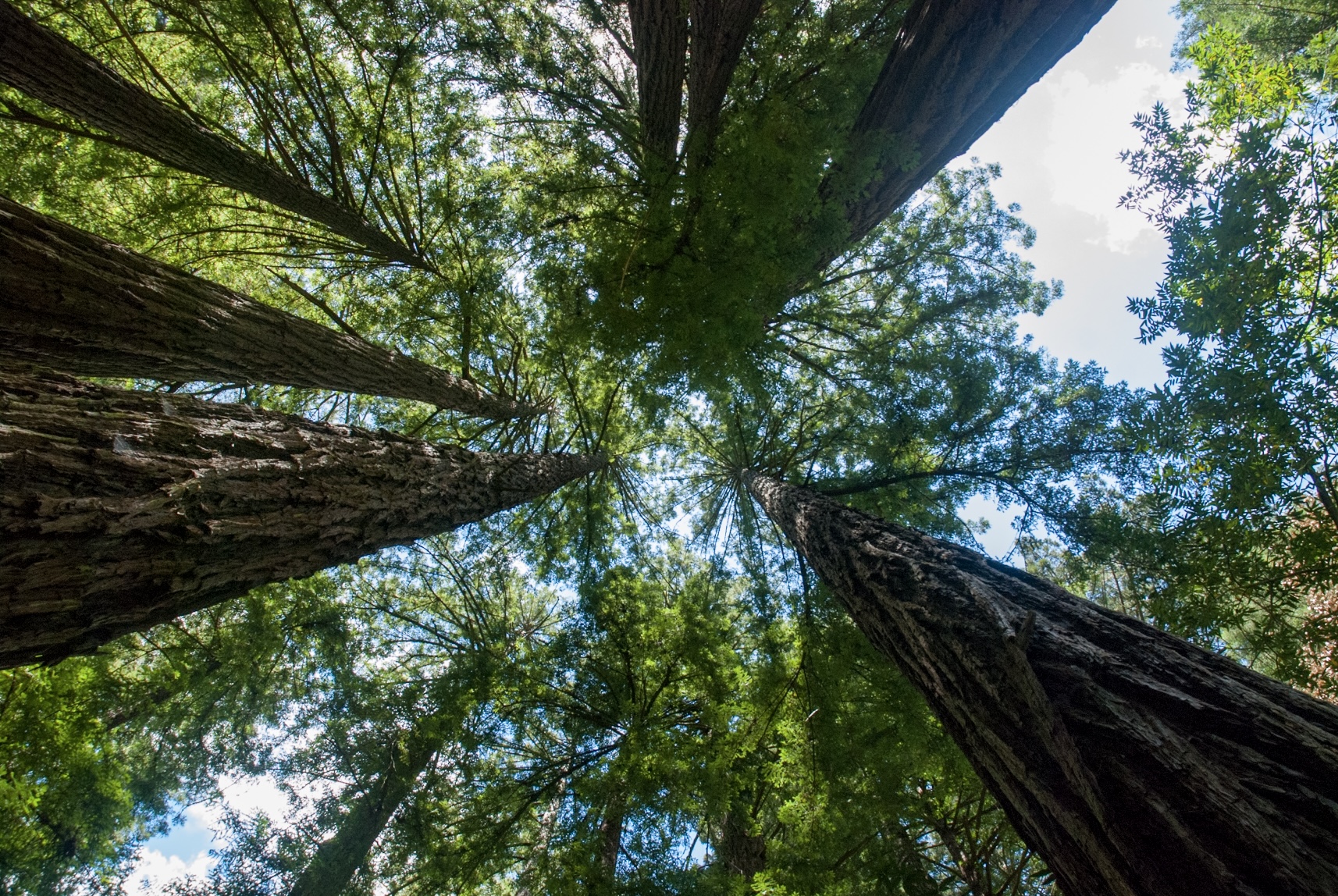 Cal Poly Humboldt study in partnership with Save the Redwoods League reveals how second-growth forests respond to modern wildfires and what managers can do to protect them. California’s coast redwoods have stood for centuries, weathering a changing climate, logging, and time itself. But in an era of hotter, more frequent wildfires, their future resilience depends on how we care for them, according to new research published in Forest Ecology and Management. The study sought to understand the effects of wildfire on coast redwoods—the tallest trees in the world. Results revealed that redwoods in second-growth forests largely survived extreme wildfires in 2020 and quickly resprouted from their trunks and bases. Researchers also discovered that forest structure—how dense the trees are and which species are present—strongly influences fire severity, highlighting the importance of management efforts such as thinning, reducing fuel loads, and encouraging fire-resistant species.
Cal Poly Humboldt study in partnership with Save the Redwoods League reveals how second-growth forests respond to modern wildfires and what managers can do to protect them. California’s coast redwoods have stood for centuries, weathering a changing climate, logging, and time itself. But in an era of hotter, more frequent wildfires, their future resilience depends on how we care for them, according to new research published in Forest Ecology and Management. The study sought to understand the effects of wildfire on coast redwoods—the tallest trees in the world. Results revealed that redwoods in second-growth forests largely survived extreme wildfires in 2020 and quickly resprouted from their trunks and bases. Researchers also discovered that forest structure—how dense the trees are and which species are present—strongly influences fire severity, highlighting the importance of management efforts such as thinning, reducing fuel loads, and encouraging fire-resistant species.
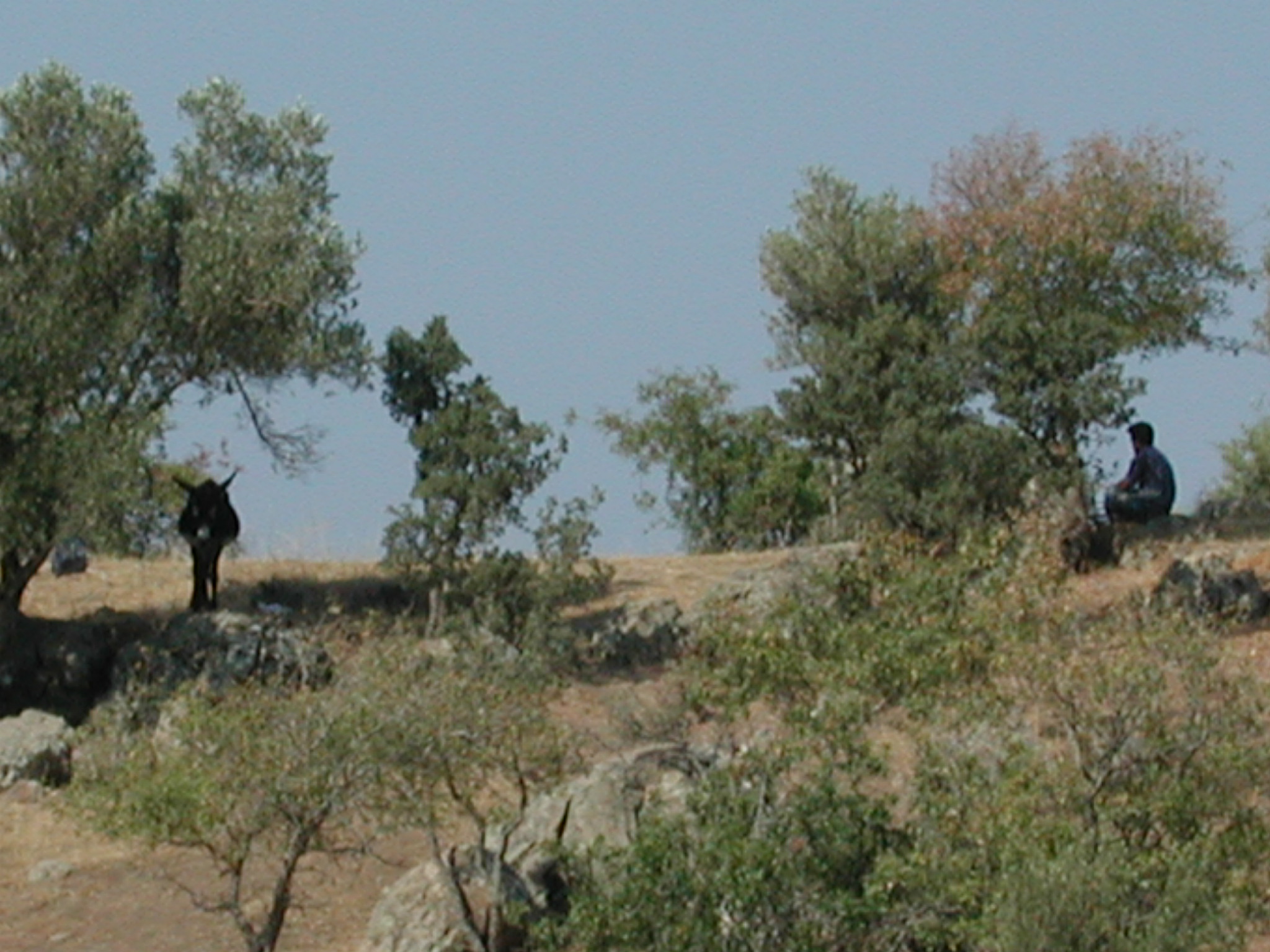 The Ministry of Family and Social Services and the Ministry of Agriculture and Forestry have launched the “Every Family One Sapling Our Green Homeland” campaign, a joint initiative that plants a sapling in the name of every newborn baby and newlywed couple across Türkiye. The project aims to support environmental sustainability while promoting demographic growth and family values. Announced within the framework of the “November 11 National Forestation Day,” declared by President Recep Tayyip Erdoğan, the campaign reflects Türkiye’s commitment to both population development and ecological preservation. The initiative is designed to strengthen the country’s ongoing “Green Homeland Mobilization” by encouraging citizens to contribute to afforestation efforts starting from birth or marriage. As part of the campaign’s official launch, Family and Social Services Minister Mahinur Özdemir Göktaş and Agriculture and Forestry Minister Ibrahim Yumaklı visited Ankara Bilkent City Hospital to meet with newborn babies and their families.
The Ministry of Family and Social Services and the Ministry of Agriculture and Forestry have launched the “Every Family One Sapling Our Green Homeland” campaign, a joint initiative that plants a sapling in the name of every newborn baby and newlywed couple across Türkiye. The project aims to support environmental sustainability while promoting demographic growth and family values. Announced within the framework of the “November 11 National Forestation Day,” declared by President Recep Tayyip Erdoğan, the campaign reflects Türkiye’s commitment to both population development and ecological preservation. The initiative is designed to strengthen the country’s ongoing “Green Homeland Mobilization” by encouraging citizens to contribute to afforestation efforts starting from birth or marriage. As part of the campaign’s official launch, Family and Social Services Minister Mahinur Özdemir Göktaş and Agriculture and Forestry Minister Ibrahim Yumaklı visited Ankara Bilkent City Hospital to meet with newborn babies and their families.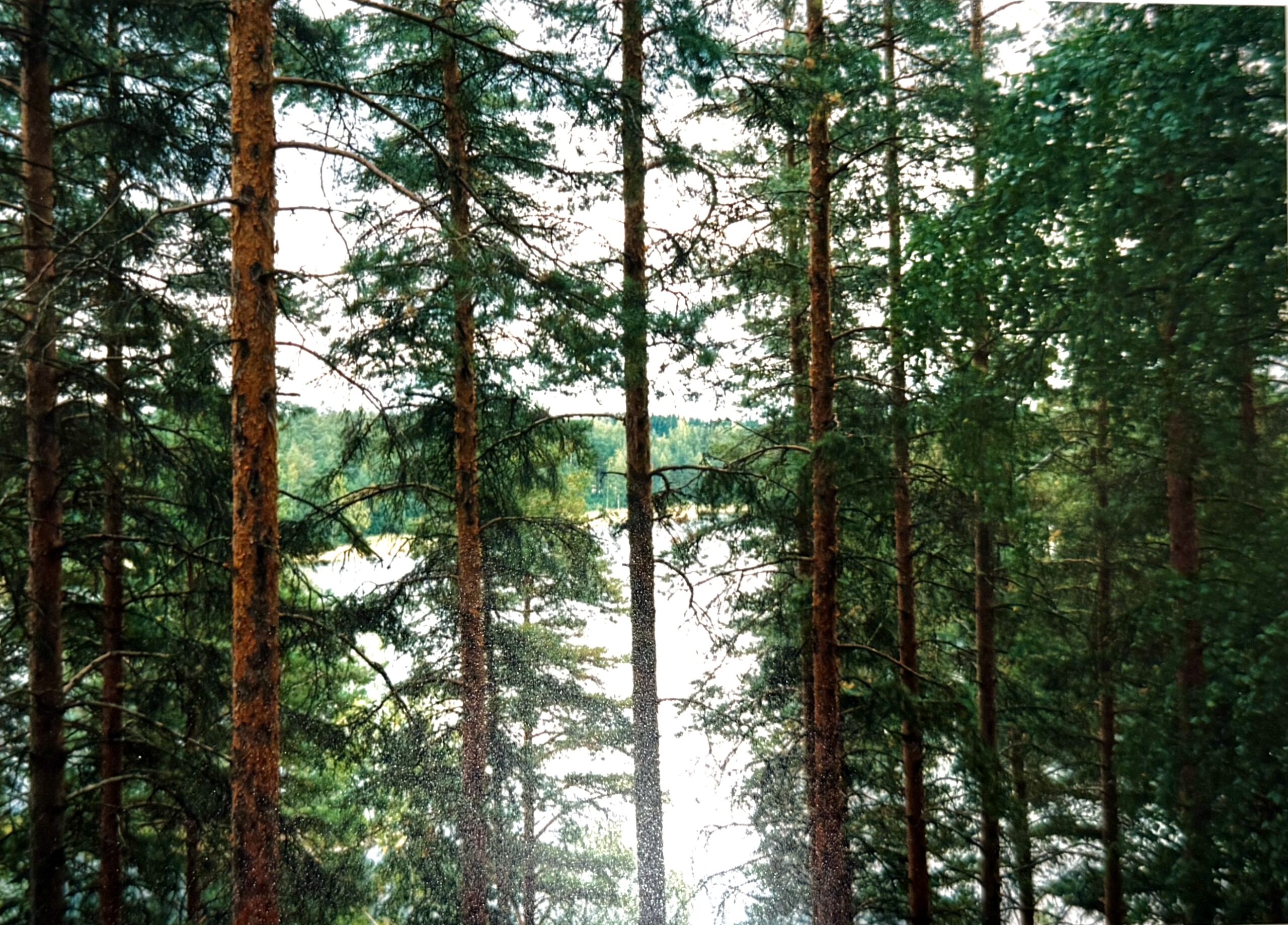 Sweden is one of the world’s largest exporters of forest-based products… Decisions made in Sweden about how forests are managed ripple outward far beyond the kingdom’s borders. That is why the Swedish government’s recent forestry inquiry should matter not just to those living in Sweden, but to anyone concerned about the global climate crisis. The inquiry’s central message is clear: increase forest growth, harvest more biomass, and thereby contribute to the green transition. This might sound promising. More trees mean more carbon absorbed, more wood products to replace unsustainable products. But the plan overlooks the most important part of the forest: the soil. …The government’s proposal even encourages fertilization with nitrogen to speed up tree growth. This can work in the short term, but after a decade, the effect largely disappears. …If Sweden does not get this right, what happens in Sweden’s forests will not stay in Sweden’s forests.
Sweden is one of the world’s largest exporters of forest-based products… Decisions made in Sweden about how forests are managed ripple outward far beyond the kingdom’s borders. That is why the Swedish government’s recent forestry inquiry should matter not just to those living in Sweden, but to anyone concerned about the global climate crisis. The inquiry’s central message is clear: increase forest growth, harvest more biomass, and thereby contribute to the green transition. This might sound promising. More trees mean more carbon absorbed, more wood products to replace unsustainable products. But the plan overlooks the most important part of the forest: the soil. …The government’s proposal even encourages fertilization with nitrogen to speed up tree growth. This can work in the short term, but after a decade, the effect largely disappears. …If Sweden does not get this right, what happens in Sweden’s forests will not stay in Sweden’s forests.


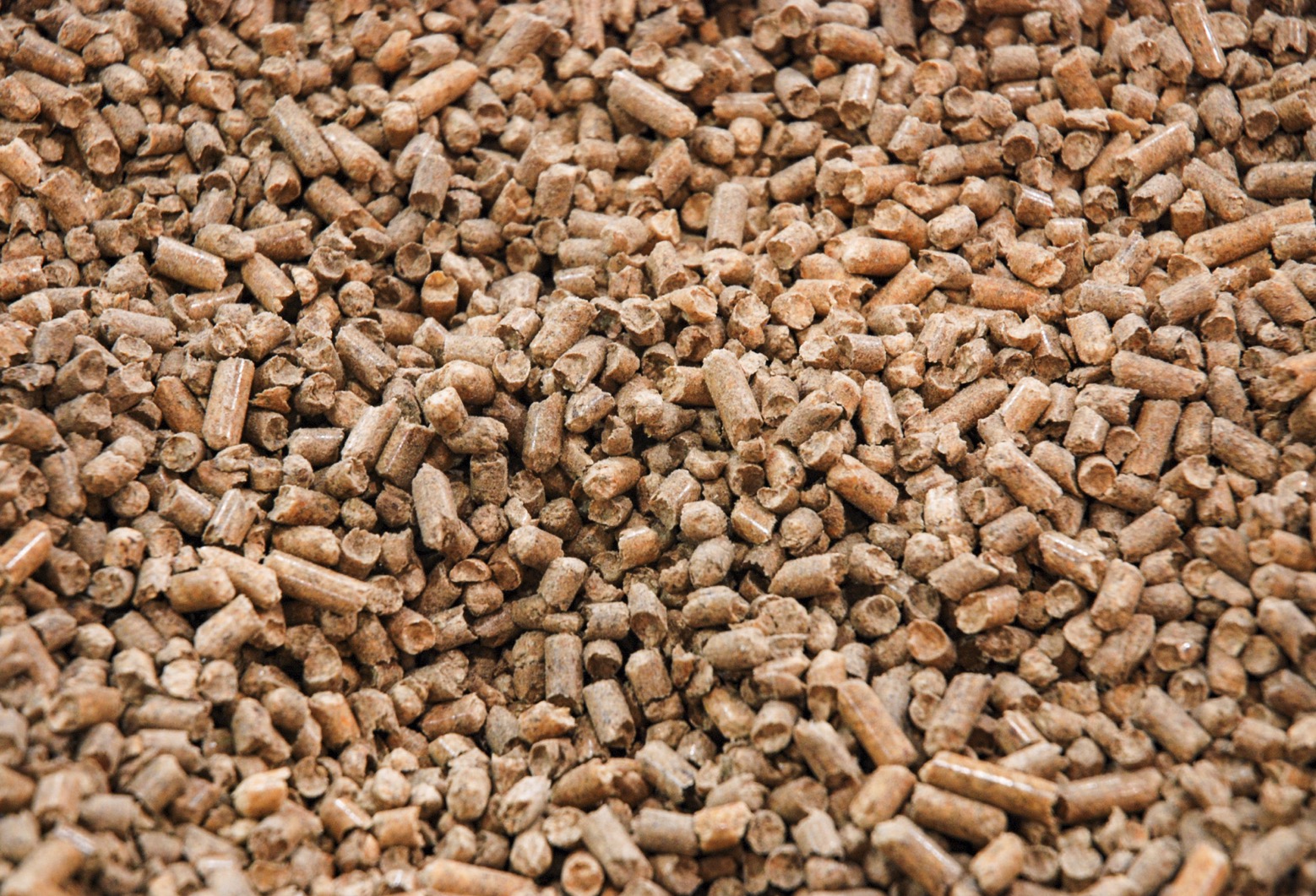 Britain’s biggest power plant will continue to earn more than £1m a day from burning wood pellets under a new government subsidy contract designed to halve its financial support, according to analysts. The Drax power plant in North Yorkshire is in line to earn £458.6m a year between 2027 and 2031 after the government agreed to extend its subsidies beyond 2026, according to analysts at Ember, a climate thinktank. The earnings are well below the £869m in subsidies handed to the Drax power plant last year for generating about 5% of the UK’s electricity from burning biomass after the government promised to curb the use of biomass in Britain’s power system. Under the contract, Drax will be paid to run just over a quarter of the time, down sharply from almost two-thirds of time currently. But the price it will earn for each unit of electricity generated will rise.
Britain’s biggest power plant will continue to earn more than £1m a day from burning wood pellets under a new government subsidy contract designed to halve its financial support, according to analysts. The Drax power plant in North Yorkshire is in line to earn £458.6m a year between 2027 and 2031 after the government agreed to extend its subsidies beyond 2026, according to analysts at Ember, a climate thinktank. The earnings are well below the £869m in subsidies handed to the Drax power plant last year for generating about 5% of the UK’s electricity from burning biomass after the government promised to curb the use of biomass in Britain’s power system. Under the contract, Drax will be paid to run just over a quarter of the time, down sharply from almost two-thirds of time currently. But the price it will earn for each unit of electricity generated will rise.